Related Research Articles

Amaryllis is the only genus in the subtribe Amaryllidinae. It is a small genus of flowering bulbs, with two species. The better known of the two, Amaryllis belladonna, is a native of the Western Cape region of South Africa, particularly the rocky southwest area between the Olifants River Valley and Knysna.
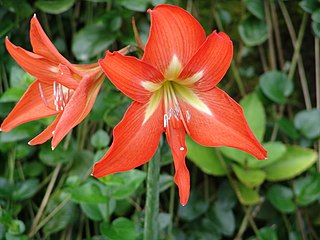
Hippeastrum is a genus of about 90 species and over 600 hybrids and cultivars of perennial herbaceous bulbous plants. They generally have large fleshy bulbs and tall broad leaves, generally evergreen, and large red or purple flowers.
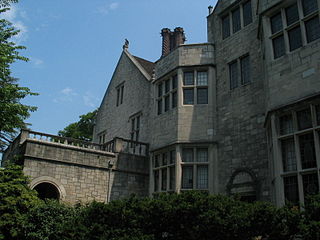
Planting Fields Arboretum State Historic Park, which includes the Coe Hall Historic House Museum, is an arboretum and state park covering over 400 acres (160 ha) located in the village of Upper Brookville in the town of Oyster Bay, New York.
Edgar Shannon Anderson was an American botanist. He introduced the term introgressive hybridization and his 1949 book of that title was an original and important contribution to botanical genetics. HIs work on the transfer and origin of adaptations through natural hybridization continues to be relevant.

Alfred Rehder was a German-American botanical taxonomist and dendrologist who worked at the Arnold Arboretum of Harvard University. He is generally regarded as the foremost dendrologist of his generation.
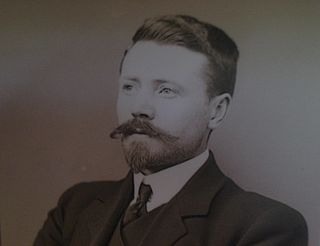
Ernest Henry "Chinese" Wilson, better known as E. H. Wilson, was a notable British plant collector and explorer who introduced a large range of about 2000 Asian plant species to the West; some sixty bear his name.
The Chinese Elm cultivar Ulmus parvifolia 'Hokkaido' is an older cultivar of Japanese origin.
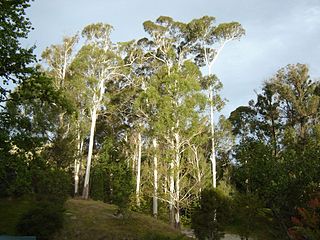
Eastwoodhill is the national arboretum of New Zealand. It covers 131 hectares (1.31 km2) and is located 35 km northwest of Gisborne, in the hill country of Ngatapa. It was founded in 1910 by William Douglas Cook. Cook's life work would become the creation of a giant collection of Northern Hemisphere temperate climate zone trees in New Zealand – a dream that would eventually cost him all his money – buying and importing thousands of trees from New Zealand and British nurseries.
The Experimental Station for Landscape Plants, also called the Kemigawa Arboretum, is a research and plant-breeding arboretum operated by the University of Tokyo Faculty of Agriculture, and located at Hata-machi 1051, Hanamigawa-ku, Chiba, Chiba, Japan.
Hamilton Paul Traub was an American botanist. He specialized in the study of Amaryllidaceae. He also did horticultural studies on beans. dr Traub was one of the founding members of the American Amaryllis Society in 1933, and for a long time the editor of its annual publication, variously called Year Book, American Amaryllis Society, Herbertia and Plant Life. Amaryllis Year Book.
John Caspar Wister was one of the United States' most highly honored horticulturists.

Simon Godfried Albert Doorenbos was a Dutch horticulturist best known for his work as Director of The Hague Parks Department from 1927 until his retirement in 1957, with a brief interruption during the Second World War when he was dismissed and evicted by the Nazis for refusing to remove trees and shrubs to facilitate the construction of a V1 flying bomb launch pad.

Edavalath Kakkat Janaki Ammal was an Indian botanist who worked on plant breeding, cytogenetics and phytogeography. Her most notable work involved studies on sugarcane and the eggplant (brinjal). She also worked on the cytogenetics of a range of plants and co-authored the Chromosome Atlas of Cultivated Plants (1945) with C.D. Darlington. She took an interest in ethnobotany and plants of medicinal and economic value from the rain forests of Kerala, India. She was awarded Padma Shri by the then prime minister of India in 1977.
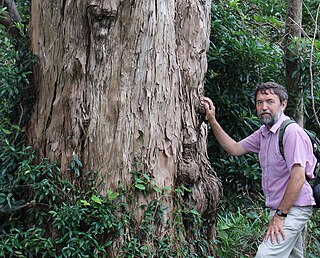
Rácz István is a Hungarian dendrologist, curator, and museologist.
Joseph Robert Sealy was an English botanist. He began his career in botany in 1925, working at Kew Gardens, with Thomas Archibald Sprague in the tropical crops section. Later, in 1927, he worked in a herbarium with Arthur William Hill. He was appointed Assistant Botanist in 1940. His specialty was the Flora of China, especially Camellia.
Ira Schreiber Nelson (1911–1965) was an American botanist, working in Louisiana.
James Marion Shull (1872–1948) was an American botanist known for his iris and daylily cultivars and botanical illustrations.
William Rickatson Dykes was an English amateur botanist who became an expert in the field of iris breeding and wrote several influential books on the subject. He was also interested in tulips, amaryllis, and other plants.
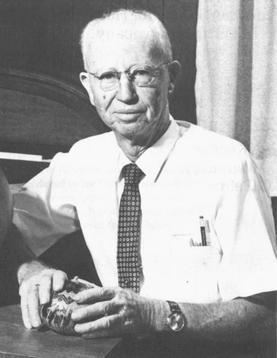
Thomas Wallace Whitaker was an American botanist and horticulturist who spent most of his career working as a geneticist for the United States Department of Agriculture (USDA). He specialized in the study of economically important plants such as squashes, investigating their systematics and resistance to disease.
Peter Shaw Green was an English botanist.